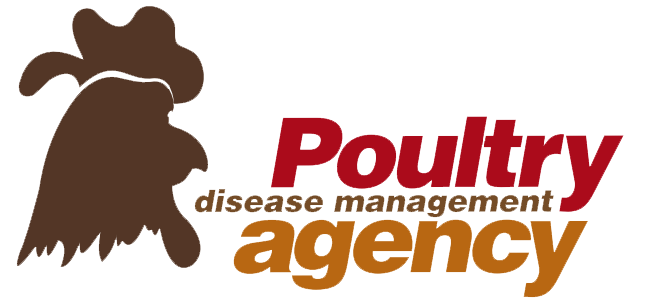 Epidemiologic analysis of the HPAI H5N8 outbreak in South Africa
Epidemiologic analysis of the HPAI H5N8 outbreak in South Africa


Epidemiologic analysis of the HPAI H5N8 outbreak in South Africa

The outbreak
The outbreak of highly pathogenic H5N8 avian influenza (HPAI) started in June 2017 and was first detected in a commercial broiler establishment in Mpumalanga. Since then it has spread to multiple Provinces in the country and has affected both commercial and non-commercial poultry, and has also been detected in wild birds in the country.
Summary overview
Below is a brief summary of the available data that is used in this analysis
Data sources
South Africa is a member of the
OIE
and as such is required to submit reports on outbreaks of certain diseases.
The current HPAI outbreak falls within that category and South Africa's Veterinary Services have submitted various reports on both the wild and domestic affected bird populations. The analysis presented here makes use of this reported data.
In this analysis the unit of interest is each individual outbreak that has been reported: this relates to each location where HPAI has been detected during this outbreak. The reporting of these outbreaks to the OIE is split between wild bird and non-wild bird cases, however, for this analysis all data has been collated and this distinction is only made when analysing the population affected - see the epidemic curve by farm classification.
There is a poultry distribution layer in the spatial anlaysis section. This is based on data published online as part of a project that mapped livestock distributions globally. It does seem as if some provinces could not be as accurately determined as others however this data is what is available on a country level. The reference for this layer is:
Chickens distribution - Gridded Livestock of the World v 2.01
Robinson TP, Wint GRW, Conchedda G, Van Boeckel TP, Ercoli V, Palamara E, Cinardi G, D’Aietti L, Hay SI, and Gilbert M. (2014) Mapping the Global Distribution of Livestock. PLoS ONE 9(5):e96084.
The weblink to the article can be found
here
Select date range of interest
Select breakdown
Run analysis
Loading...
Epidemic curves allow the analysis of outbreaks in time - i.e. a temporal analysis of data.
While the output of an epidemic curve is relatively straightforward, the benefit of such analysis allows the determination of:
- Establishing the probability of the detection of the actual first case in the outbreak
- Establishing the rate of progression and temporal trends of the outbreak
- Identifying the secondary/progressive spread of infection
- Establishing the impact of control measures
Select date range of interest
Select analysis type
Run analysis
Click on an affected area for more information
Loading...
